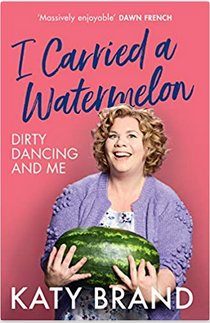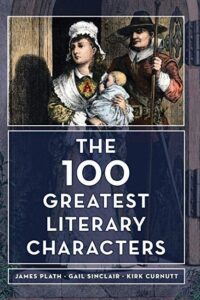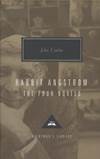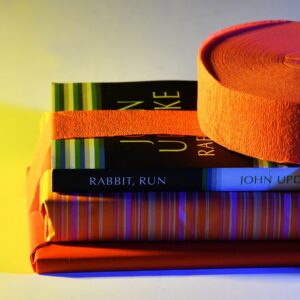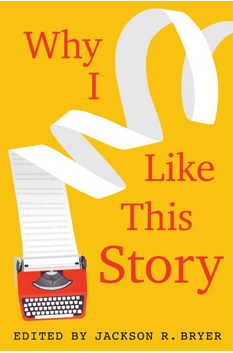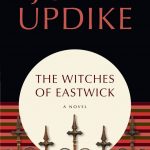Jackson R. Bryer has edited a fun collection of essays by contemporary short story writers who pick a favorite story and explain why. Jill McCorkle chose John Updike’s short story “Flight.”
Here is the Boydell and Brewer catalog description for the volume, which will be published in June 2019:
Presents essays by leading short-story writers on their favorite American short stories and why they like them. It will send readers to the library or bookstore to read – or re-read – the stories selected.
On the assumption that John Updike was correct when he asserted, in a 1978 letter to Joyce Carol Oates, that “Nobody can read like a writer,” Why I Like This Story presents brief essays by forty-eight leading American writers on their favorite American short stories, explaining why they like them. The essays, which are personal, not scholarly, not only tell us much about the story selected, they also tell us a good deal about the author of the essay, about what elements of fiction he or she values.
Among the writers whose stories are discussed are such American masters as James, Melville, Hemingway, O’Connor, Fitzgerald, Porter, Carver, Wright, Updike, Bellow, Salinger, Malamud, and Welty; but the book also includes pieces on stories by canonical but lesser-known practitioners such as Andre Dubus, Ellen Glasgow, Kay Boyle, Delmore Schwartz, George Garrett, Elizabeth Tallent, William Goyen, Jerome Weidman, Peter Matthiessen, Grace Paley, William H. Gass, and Jamaica Kincaid, and relative newcomers such as Lorrie Moore, Kirstin Valdez Quade, Phil Klay, Viet Thanh Nguyen, and Edward P. Jones. Why I Like This Story will send readers to the library or bookstore to read or re-read the stories selected.
Among the contributors to the book are Julia Alvarez, Andrea Barrett, Richard Bausch, Ann Beattie, Andre Dubus, George Garrett, William H. Gass, Julia Glass, Doris Grumbach, Jane Hamilton, Jill McCorkle, Alice McDermott, Clarence Major, Howard Norman, Annie Proulx, Joan Silber, Elizabeth Spencer, and Mako Yoshikawa.
Editor Jackson R. Bryer is Professor Emeritus of English at the University of Maryland.
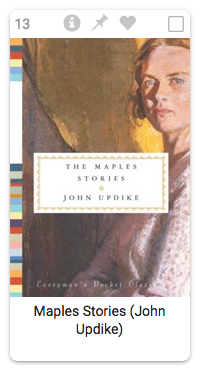 List Challenges released their “Final List of Books Recommended in ‘1000 Books to Read Before You Die’: U-Z,” and of course John Updike made that list.
List Challenges released their “Final List of Books Recommended in ‘1000 Books to Read Before You Die’: U-Z,” and of course John Updike made that list.

